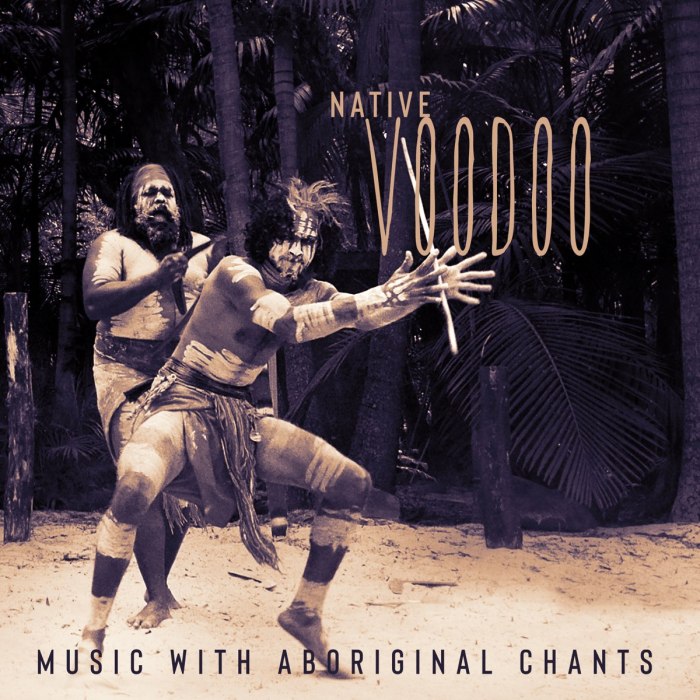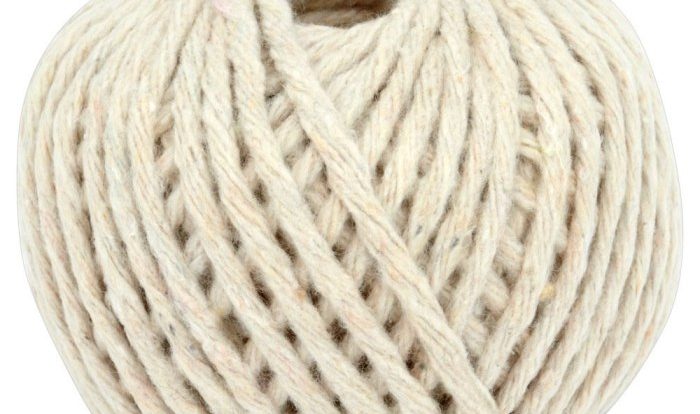It is used to keep rhythm in aboriginal chants, a vital element that weaves together the cultural and spiritual tapestry of Indigenous communities. From the haunting drone of the didgeridoo to the intricate patterns created by clapping and stamping, rhythm serves as a powerful force in aboriginal music and storytelling.
This discourse delves into the significance of rhythm in aboriginal chants, exploring the traditional instruments and techniques employed to create mesmerizing soundscapes. We will uncover the cultural and spiritual meanings embedded within these rhythmic traditions and trace their influence on contemporary music and dance.
Rhythm in Aboriginal Chants

Rhythm is a fundamental element of aboriginal chants, playing a crucial role in their cultural and spiritual significance. It serves as a means of storytelling, connecting with ancestors, and expressing emotions.
Traditional Instruments for Keeping Rhythm
Aboriginal people use a variety of traditional instruments to keep rhythm in chants, including:
- Clapsticks: Two sticks or pieces of wood that are struck together to create a percussive sound.
- Didgeridoo: A long, hollowed-out wooden instrument that produces a deep, resonant drone.
- Percussion sticks: Sticks or bones that are struck against a surface to create a rhythmic beat.
- Foot stamping: The act of stamping the feet on the ground to create a percussive rhythm.
Role of the Didgeridoo in Rhythm-Keeping
The didgeridoo is a particularly important instrument in aboriginal chants. Its unique sound and rhythmic patterns contribute significantly to the overall effect of the chant.
The didgeridoo’s drone provides a steady rhythmic foundation, while its rhythmic patterns can be varied to create different effects. For example, a slow, steady drone can create a meditative atmosphere, while a fast, pulsating drone can create a sense of excitement or urgency.
Other Rhythmic Elements in Aboriginal Chants
Besides instruments, other elements that contribute to rhythm in aboriginal chants include:
- Vocal techniques: Aboriginal chants often incorporate vocal techniques such as clapping, stamping, and chanting.
- Body movement: The movement of the body, such as swaying or dancing, can also contribute to the rhythmic flow of the chant.
- Call and response: Many aboriginal chants involve a call and response structure, where one person or group sings a line and another person or group responds with a different line.
Cross-Cultural Influences on Aboriginal Rhythms, It is used to keep rhythm in aboriginal chants
Aboriginal rhythmic practices have been influenced by other cultures, including:
- European music: Aboriginal people have adopted some elements of European music, such as the use of guitars and drums.
- African music: The rhythmic patterns of some aboriginal chants have been influenced by African music.
Question & Answer Hub: It Is Used To Keep Rhythm In Aboriginal Chants
What is the significance of rhythm in aboriginal chants?
Rhythm serves as a vital element in aboriginal chants, providing a framework for storytelling, connecting the past and present, and expressing cultural and spiritual meanings.
What are the traditional instruments used to keep rhythm in aboriginal chants?
Aboriginal people employ various traditional instruments to maintain rhythm in chants, including the didgeridoo, clapsticks, stamping tubes, and seed pods.
How does the didgeridoo contribute to the rhythm of aboriginal chants?
The didgeridoo, a unique wind instrument, plays a crucial role in aboriginal chants. Its distinctive drone and rhythmic patterns enhance the overall effect of the chant, adding depth and resonance.


